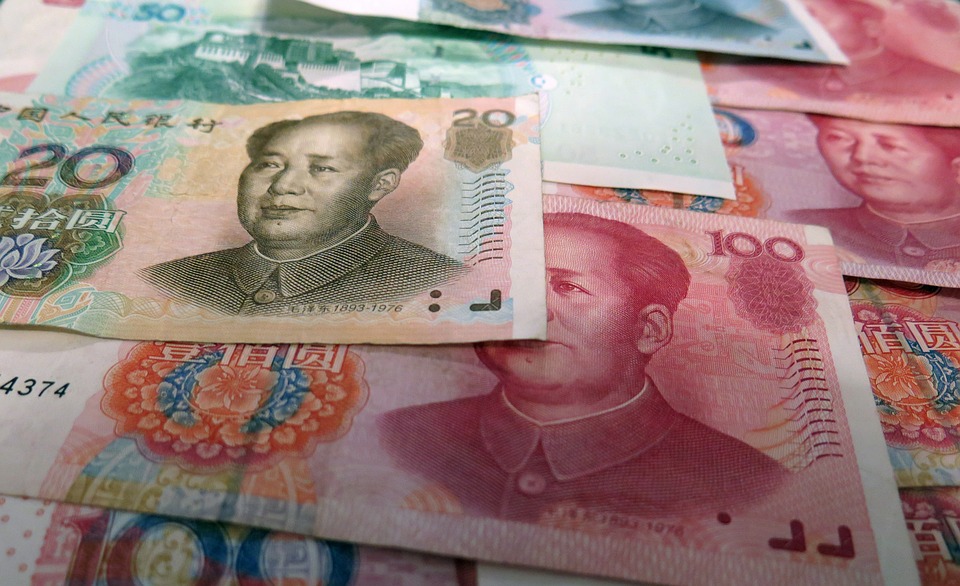The decision of the Central Bank of China to reduce the reserve requirement for banks led to an additional weakening of the yuan. It is assumed that this measure will increase lending by 900 billion yuan ($ 126 billion). The Chinese Central Bank has already lowered the reserve ratio in May and January, which allowed to increase the volume of loans by 1.780 trillion yuan. At the same time, the regulator is refraining from lowering the key interest rate, which now stands at 4.35% per annum. Beijing still prefers to maintain a weak economic growth using primarily fiscal measures. In particular, tax breaks for 2 trillion yuan ($ 291 billion) were announced at the beginning of the year, and regional authorities received a quota of 2.15 trillion yuan ($ 316 billion) for the issuance of special bonds aimed at financing construction of infrastructure.
The trade dispute with the United States is causing additional pressure on business activity in China.
The total volume of Chinese exports in August year on year decreased by 1% (after rising by 3.3% in July). The largest decline occurred in supplies to the United States, which fell by 16%.
At the same time, imports to China continued to decline, in August - by 5.6% year-on-year (in July - minus 5.3%), including from the USA - by 22%. Partially, the drop in US supplies was offset by increased exports to Vietnam (possibly with further re-export to the USA). Shipments to this country in August increased by 16.5% in annual terms. U.S. duties now apply to imports from China of $ 362 billion (including $ 112 billion introduced on September 1), and Beijing is imposing additional tariffs on U.S. imports of approximately $ 120 billion.
Capital Economics expects the Chinese regulator to continue its mitigation policy and says that there’s a possibility that the bank could cut the reserve ratio twice more by the end of the year, along with a 75 basis point cut in the key rate. “The pressure on the Central Bank is growing also because most regions have already chosen their quota for the placement of bonds,” the experts explain.
source: capitaleconomics.com
The trade dispute with the United States is causing additional pressure on business activity in China.
The total volume of Chinese exports in August year on year decreased by 1% (after rising by 3.3% in July). The largest decline occurred in supplies to the United States, which fell by 16%.
At the same time, imports to China continued to decline, in August - by 5.6% year-on-year (in July - minus 5.3%), including from the USA - by 22%. Partially, the drop in US supplies was offset by increased exports to Vietnam (possibly with further re-export to the USA). Shipments to this country in August increased by 16.5% in annual terms. U.S. duties now apply to imports from China of $ 362 billion (including $ 112 billion introduced on September 1), and Beijing is imposing additional tariffs on U.S. imports of approximately $ 120 billion.
Capital Economics expects the Chinese regulator to continue its mitigation policy and says that there’s a possibility that the bank could cut the reserve ratio twice more by the end of the year, along with a 75 basis point cut in the key rate. “The pressure on the Central Bank is growing also because most regions have already chosen their quota for the placement of bonds,” the experts explain.
source: capitaleconomics.com





